Rhinoplasty transforms the patient and is considered one of the most effective ways to change the appearance.
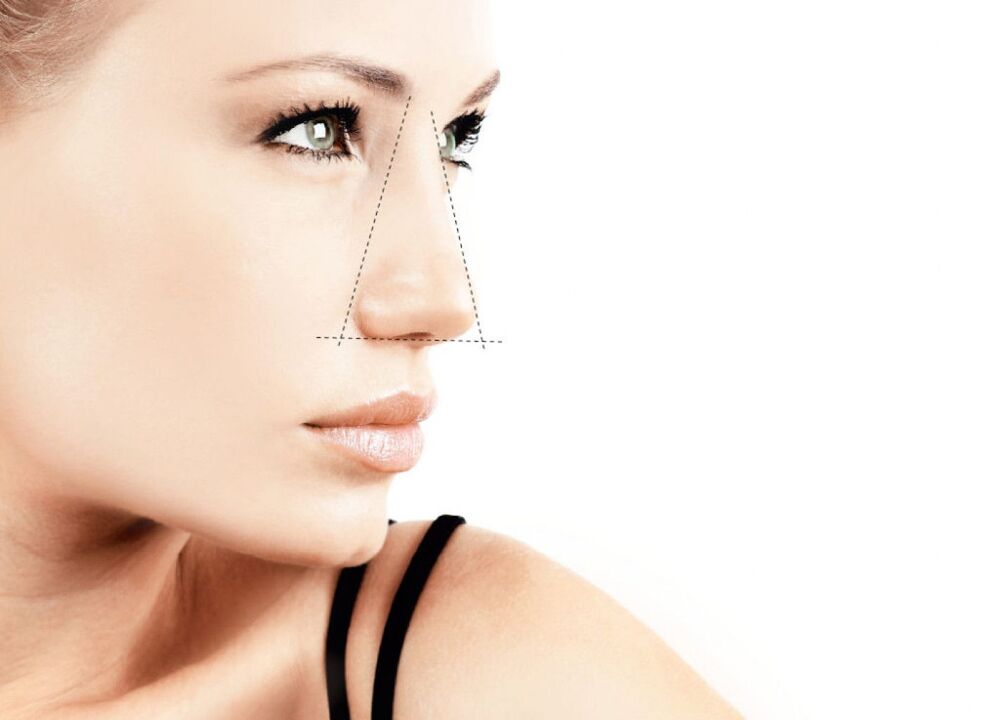
The face becomes open, looks younger, visible imperfections are eliminated, and sometimes even breathing problems. Our nation's surgeons have enough tools and techniques to give a person a new look.
But each operation has its advantages and disadvantages.
Types of Rhinoplasty
What is the difference between rhinoplasty and rhinoplasty?There is no difference between these concepts.
There are several types of corrections.Here's how each type of rhinoplasty works:
- Septoplasty: Aims to change the shape of the nasal septum and is prescribed when respiratory function is compromised.
- Closed rhinoplasty is done like this: Through one or more incisions, the skin is separated from the frame - cartilage, bone. Then they make corrections - parts are removed or added. The skin is then sutured. Do not cut the columella. This is a technique commonly used by surgeons.
- Open Rhinoplasty: Suitable for a large number of corrections. Incisions are made in the nasal cavity and columella area.
How long does a rhinoplasty take:The duration of surgery depends on workload and technique. so,Closed correction lasts 30-40 minutes, Open - up to 60 minutes. For fully enclosed rhinoplasty1 hour required, open - about 1. 5 hours.
Operation video
To get a clear idea of how rhinoplasty is performed, we recommend watching the surgery video.
Non-surgical rhinoplasty
Use it if you want to eliminate small defects.It is performed in 5-7% of patients.
Fillers are used to smooth or change the angle of the nose tip, restore symmetry, and mask the hump. The disadvantage of this correction is that the filler dissolves after 12-18 months and there is a risk of material migration.
Absorbable formulations are also used. So it is possible to get rid of bumps, bumps. The technique is applied to the tip, wing, upper tip area, and occasionally - on the hump. It goes through several stages.
Threads inserted through the perforations allow you to tighten the tip and adjust the shape of the wing. This technique is not popular because of the risk of thread breakage and rough scarring.
before and after photos
We propose to see other people's rhinoplasty results in these photos.
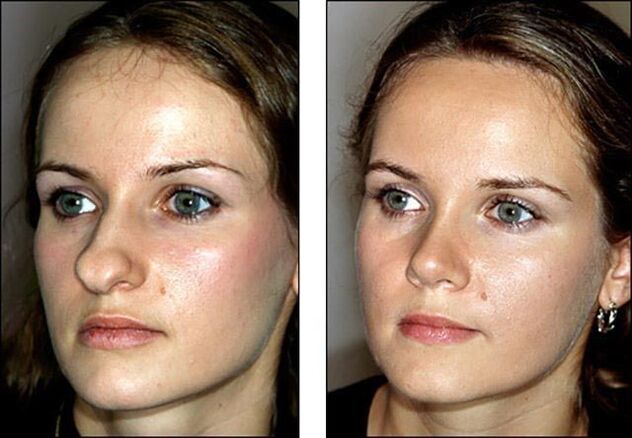
Indications and contraindications
Indications for rhinoplasty are related to this shape defect:
- Gorbinka.
- Sharp or thick hooked tip.
- long length.
- Wide nostrils.
- Saddle shape.
Rhinoplasty is indicated for deviated septum, deformities - congenital and traumatic. Proceed to violate and stop nasal breathing completely.
The surgeon will refuse correction if the client:
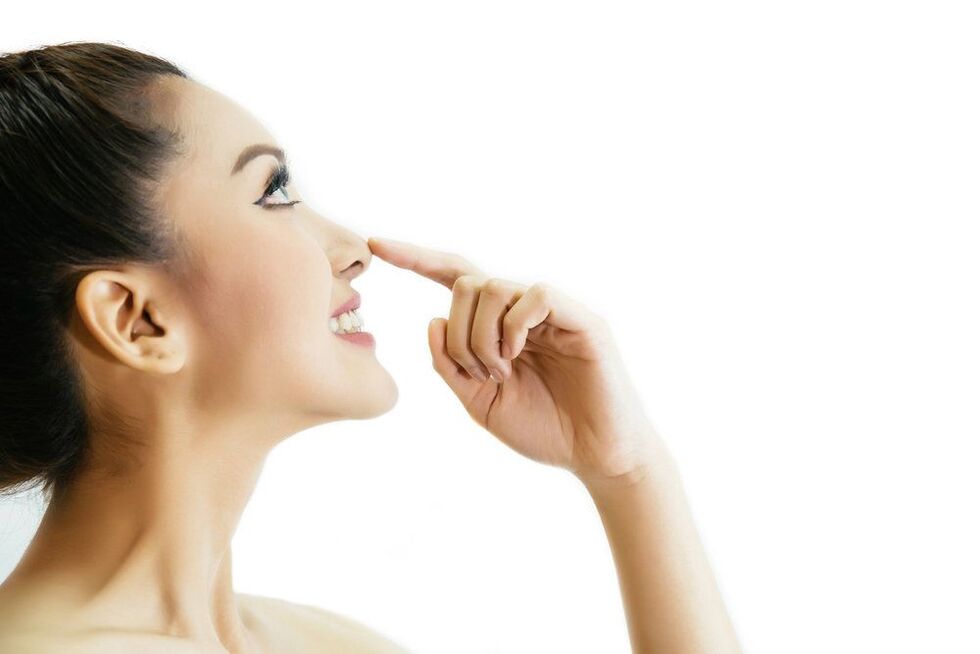
- heart and vascular disease,
- coagulation disorders;
- liver and kidney disease;
- diabetes;
- active form of tuberculosis;
- pregnancy, menstruation;
- Folliculitis (inflammation of the hair follicle), acne at the site of the surgical intervention;
- acute viral infection;
- cancer disease;
- mental disorders.
There are also age restrictions.No rhinoplasty for girls until age 18 and boys until age 21-23, which is related to the formation process of the facial part of the skull.
Correction is not recommended even after age 40, as tissue regeneration is slowed at this age and there is a risk of complications. Older patients have difficulty adjusting to new looks and often regret the changes.
During the pre-operative consultation, the surgeon will find out why the patient is interested in rhinoplasty, the results he expects, explain the consequences and warn of possible complications.
train
Nose correction is performed after preparation. The surgeon will instruct you on how to prepare for rhinoplasty.
Preparation for rhinoplasty includes standard examinations:
- Electrocardiogram.
- Chest X-ray or fluoroscopy.
- Nose picture.
Refusing blood thinners 2 weeks before the upcoming surgery. 7 days before rhinoplasty, it is recommended not to drink alcohol and smoke. One day, with only bland food left in the diet, they refused food and water for 6 hours.
An anesthesiologist will be consulted before surgery. Expert clarifies information on anesthesia tolerance.
Analysis list
Such analyses are performed prior to rhinoplasty:
- Blood (General, Biochemical, Electrolytes, Coagulation, Blood Type, Rh, Factors) - 14 days.
- HIV, HBS, HCV, RW - 3 months.
- Urine - 14 days.
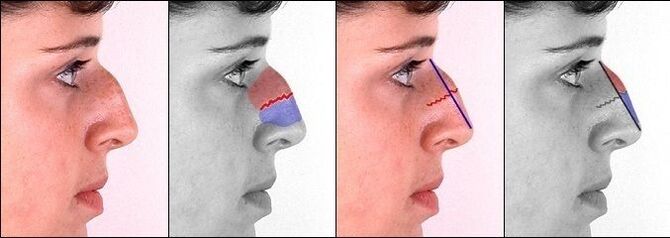
Does it hurt?
During the rhinoplasty itself, the patient does not feel anything because he is in a drug-induced sleep state or the doctor uses analgesics.
During recovery, there were more inconveniences than pain—for example, because the tampon on the nose was removed a day later, and it was swollen. In contrast to breast surgery, rhinoplasty is said to be painless.
recovery
If an osteotomy (artificial fracture) was performed, a plaster cast is applied to7–10 days. edema appears around the nose and eyes,disappears after 10-20 days.
Doctors can initially assess the results after 6 months and finally after 1 year. How long tissue healing will last depends on the characteristics of the body, age.
After removing the plaster, the patient is obliged to see a doctor within the prescribed time. For a while, they refused to wear glasses, eat spicy and hot food to prevent bleeding, and limit physical activity.
A complete rehabilitation program lasts 6-12 months.
The time it takes for the face to heal depends on the severity and complications of the surgery.After a good course of treatment, after 10 days, people gradually return to their normal rhythm of life., Go to Work.
Why is rhinoplasty dangerous?
This is a surgical procedure, with risks and sometimes side effects. These are all good reasons not to have rhinoplasty, especially if the surgeon has not found abnormalities and medical indications.
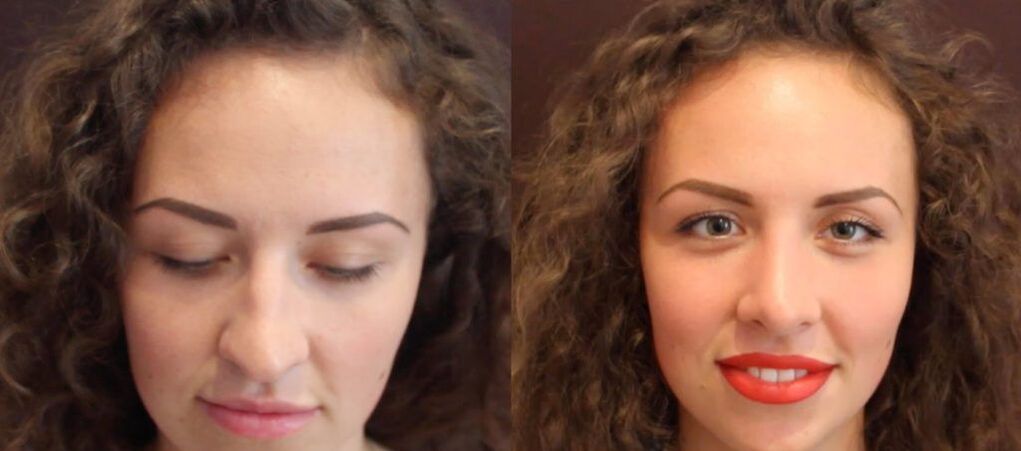
An allergic reaction to anesthesia is possible - a life-threatening rapid allergic phenomenon. In 0. 017% of cases, toxic shock syndrome - a state of shock leading to the vital activity of bacterial or viral exotoxins - was observed.
In general, adverse events occurred in only 4-18. 8% of patients, and skin and soft tissue complications occurred in 1 in 10 patients.
Excessive bleeding, skin ruptures, mucocartilaginous structures, burns, and pyramidal invasion were repaired during the procedure.
In the first few hours after surgery, allergic reactions, visual and respiratory problems may occur. Hidden complications - bleeding, septal hematoma.
rareThe infection enters the wound and requires antibiotic treatment; if sepsis (blood poisoning) occurs, hormones and blood transfusions are used.
Other complications include:
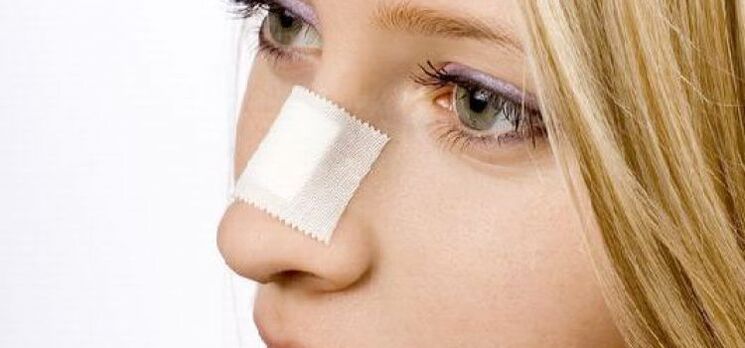
- Sensitivity is reduced.
- Scars, scars that require repeated interventions.
- Difficulty breathing.
- Odor worsened.
- Perforation (hole) of the nasal septum.
- Cartilage atrophy.
- Appearance of the vascular network, pigmentation.
- Rarely - tissue necrosis (death).
Additionally, patients are not always satisfied with the results—3 out of 10 have patients like this.There is about a 70% chance that the view will go ahead as planned. The nose may look too correct, look unnatural, and fail to integrate with other facial features. Therefore, you should weigh the pros and cons before deciding to change.
After this, a second correction may be required 6 months later, but not sooner. Indications are incorrectly sutured or excessively removed cartilage, where the nose looks short, the columella (the lower part between the nasal passages), etc.
When is the best time to cancel surgery?
Often, people with dysmorphophobia or dysmorphophobia seek help from an orthopaedic surgeon. In the first case we are talking about a painful attitude towards a slight defect or feature of the body, in the second - about an external defect of the imagination.
If the surgeon does not see a deviation in the mean parameter of nose size, its position relative to the rest of the face, consultation with a psychologist is recommended.
You should also research reviews about clinics and specific specialists. The less qualified the doctor, the greater the likelihood of complications.




















